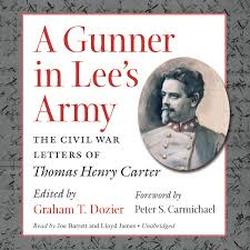
Edited by Graham T. Dozier
University of North Carolina Press, 2014, 344 pp. + 24 pp. Introduction, $39.95
ISBN: 978-1-4696-1874-6
Image courtesy of amazon.com
As with many Virginians who had a career before the American Civil War, there was a great drive to raise companies and in some cases entire regiments to fight for their home state. In the case of Thomas Henry Carter, he raised an artillery battery and joined the Confederate army. The stories of the war of men who rose the ranks as they showed bravery and initiative is sometimes the most rewarding of all. These letters of Carter which have finally been presented are a testament to that type of soldier. Graham Dozier has spent a great amount of time putting this collection together and the result is a fine example of modern printing of primary sources.
Without giving too much away about the author, since most of his Civil War lauds are written in the text, Thomas Henry Carter’s father was a first cousin to Robert E. Lee. Carter was also a member of the class of 1849 at the Virginia Military Institute and also attended the University of Pennsylvania and Virginia. Though his degrees were in medicine, he helped to manage his father’s plantation. Graham Dozier is a managing editor of publications at the Virginia Historical Society. The foreword of this book is written by Peter S. Carmichael.
Throughout the many primary sources being printed during the Sesquicentennial of the Civil War, Graham Dozier has provided this collection and has also given a great insight of his own into the man of Thomas Henry Carter along with others throughout the war. Dozier gives us extensive footnotes which give the readers a look into the world of Carter and the people he met. In letters, there are barely any descriptions of people or what they accomplished but by using the footnotes, Dozier ensures that the reader is not left in the dark wondering what was going on. The great accomplishment throughout the footnotes is the short biographies of not only the Confederate commanders and some soldiers, but also gives the reader information on the Union commanders as well. The events which are mentioned in the letters are also well footnoted such as the information at Fredericksburg. There are short descriptions of the action in the letters and more details followed in the footnotes.
I highly recommend this book to anyone interested in primary source documents of the American Civil War. Graham Dozier should be praised for his incredible efforts of footnoting and editing these documents giving the reader a well rounded amount of information throughout these texts. Graham Dozier should also be praised for bringing this text to the attention of Civil War academia in an excellent state. This work is another great addition in the already prestigious line of Civil War books printed by the University of North Carolina Press. This book should be on the shelf of every Civil War historian and student who wants to learn more about life in the Army of Northern Virginia. Highly recommended.
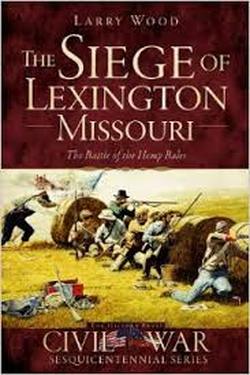
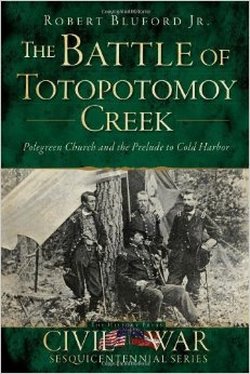
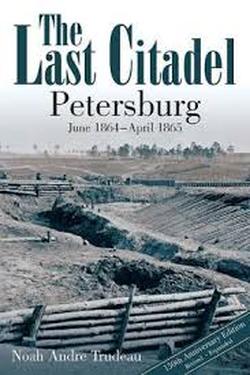
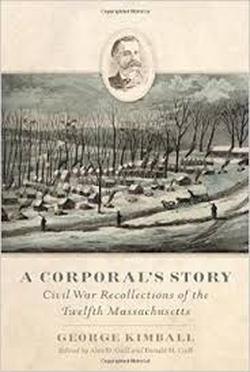
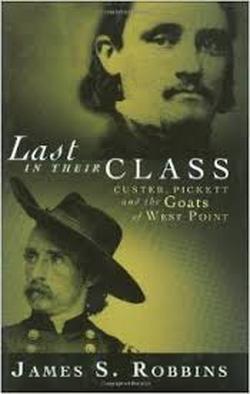
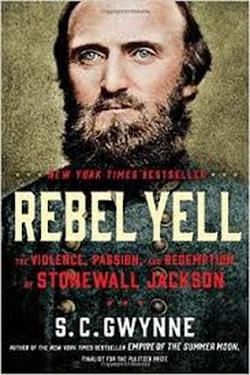

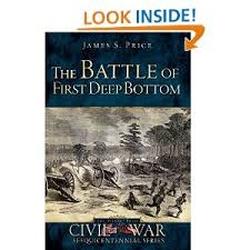
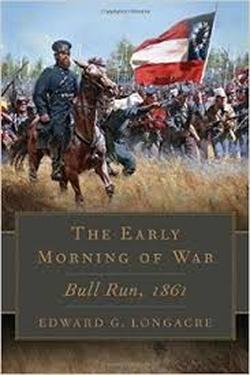
 RSS Feed
RSS Feed
